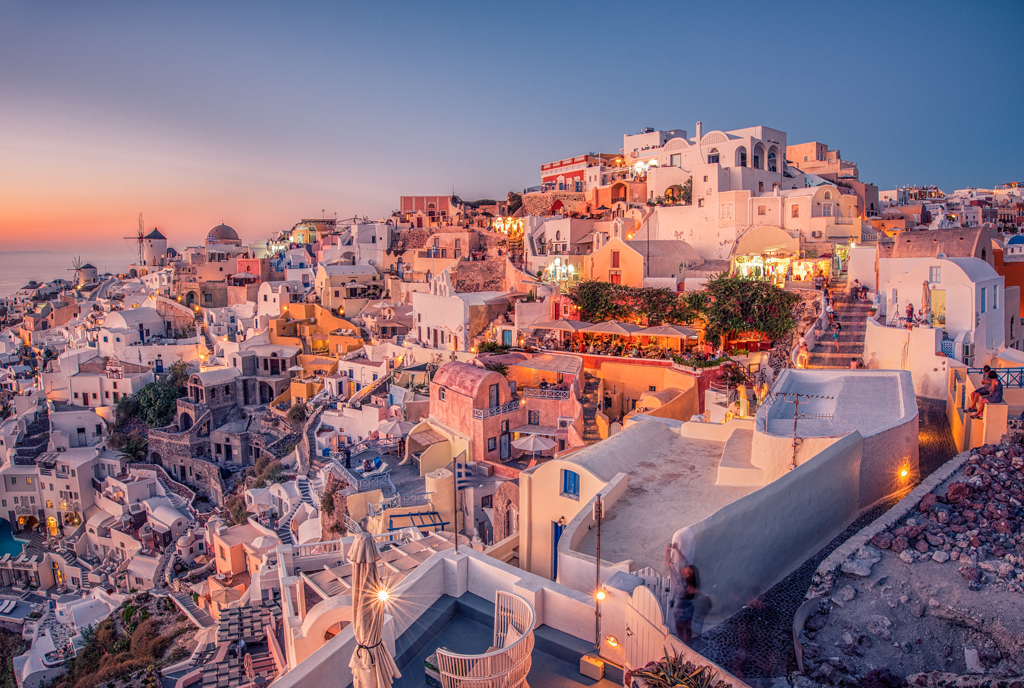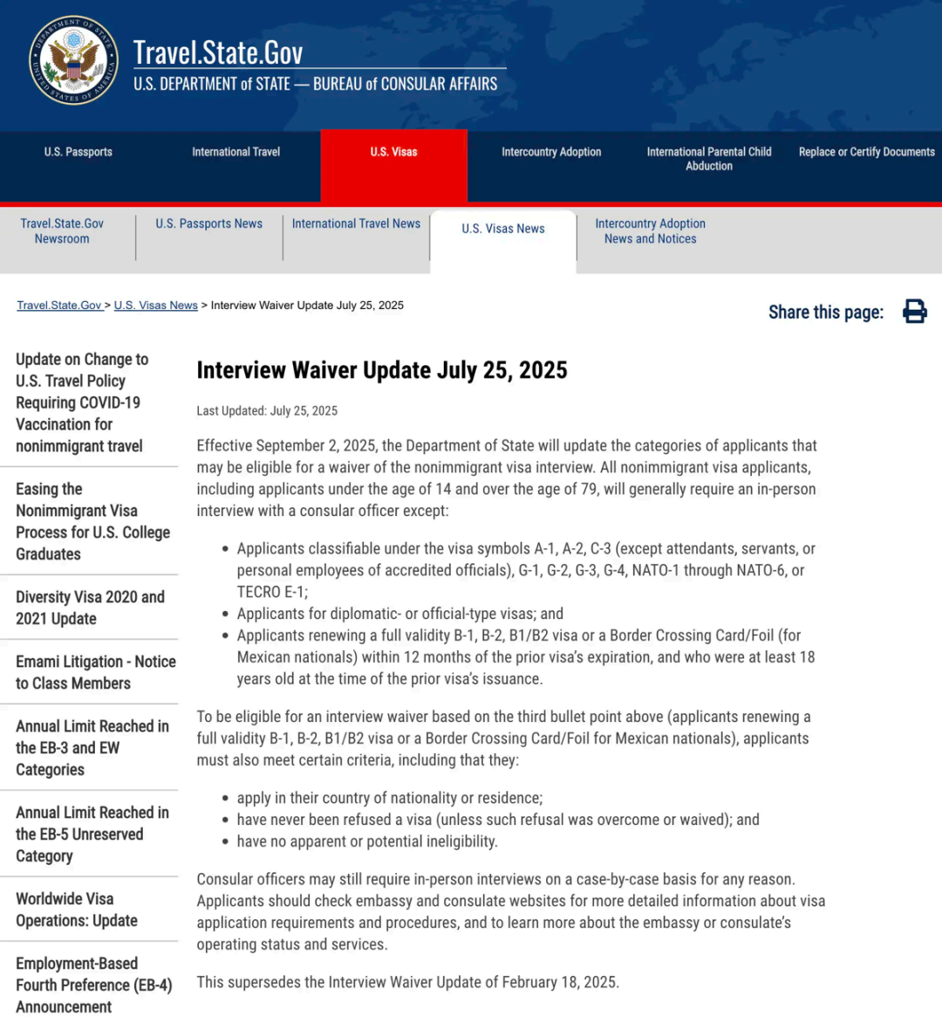EB-1A Green Card for Designers: Turning Creativity into U.S. Permanent Residency
The EB-1A Green Card is often seen as exclusive to scientists and world champions. But top-tier designers—from industrial to UX,...
While EB-1A is often associated with Nobel laureates or tech visionaries, exceptional designers have quietly emerged as powerful contenders for this prestigious green card category.
Here’s why designers are uniquely suited:
Global relevance – Major awards and exhibitions are inherently international.
Visual impact – Portfolios can speak louder than words when used strategically.
Innovation-centric – Design often leads societal and technological change, a core EB-1A criterion.
🎯 Design is not just aesthetics—it’s influence, problem-solving, and disruption.
🏆 The 10 Most Powerful Evidence Types for Design Professionals
To succeed in an EB-1A petition, you must meet at least three of ten USCIS criteria. For designers, the following are particularly compelling:
1. Major International Design Awards
Winning (or even being shortlisted for) top-tier accolades such as:
Red Dot: Best of the Best
iF Gold Award
IDEA Gold
A’Design Platinum
✅ These are often treated as “one-line approvals” by immigration adjudicators.
2. Membership in Esteemed Professional Bodies
Such as:
AGI (Alliance Graphique Internationale)
International Council of Societies of Industrial Design
RIBA (for architects)
3. Media Coverage in Major Design Publications
Features or interviews in:
Wallpaper*
Dezeen
Design Milk
Mainstream outlets covering your impact
4. Original Contributions of Major Significance
Evidence that your designs:
Pioneered new styles
Solved pressing industry problems
Became case studies or teaching models
5. High-Impact Exhibitions
Participation in elite showcases such as:
Venice Biennale (Architecture)
Milan Design Week
Shenzhen-Hong Kong Biennale
6. Academic Influence
Lectures at leading institutions (e.g., RISD, RCA, Harvard GSD)
Peer-reviewed design publications
7. Judging Major Design Competitions
Core77 Design Awards
UX Design Awards
✅ Judging others is seen as a signal of your peer-recognised authority.
8. Commercial Reach & Recognition
MoMA or V&A permanent collection?
Products featured by Apple, Google, or IKEA?
Metrics on user base, revenue impact, or licensing reach
9. High Remuneration
Substantially above industry norms, especially in competitive markets like London, New York, or Berlin.
10. Critical Role in Renowned Organisations
Held senior or lead design roles at influential companies or studios.
🎯 Winning Strategy: How Designers Should Approach EB-1A
1. Frame Your Work as Impact, Not Just Beauty
Immigration officers are not design critics. Help them understand how your work:
Transformed user behaviour
Solved systemic problems
Drove commercial success
Influenced design thinking globally
Use hard metrics and comparisons.
💬 “My healthcare UX design reduced error rates by 40% across 10,000+ users.”
2. Craft a Clear, Compelling Narrative
Your evidence may be scattered across awards, media, and exhibitions.
Tie them together through a written story:
What’s your creative journey?
What’s your unique design philosophy?
What’s your lasting impact?
3. Quality Over Quantity
Choose 3–5 strong evidence types. Don’t flood the petition.
International > Local
Recognised > Niche
Peer-reviewed > Self-published
⚠️ Common Pitfalls Designers Must Avoid
❌ Equating commercial success with artistic influence
EB-1A prioritises recognised impact, not just revenue.❌ Weak, generic recommendation letters
You need specific endorsements from global authorities. Vague praise won’t suffice.❌ Over-reliance on portfolio images
Visuals matter, but you must explain why they matter.❌ Neglecting your U.S. plan
You need a clear roadmap of how you will continue to contribute in America.
✨ Real-Life Designer Success Stories
🏅 L – Industrial Designer
Won multiple iF and Red Dot Awards
AGI member
Designed award-winning eco-products for the EU Green Deal
✅ Approved within 9 months
🏛️ M – Architect
Exhibited at Venice Biennale
Published in Architectural Record
Letter from Pritzker Prize winner
✅ Approved despite no U.S. degree
📱 Z – UX Designer
Created medical app reducing misdiagnosis
Featured in Wired & Fast Company
Judge at UX Design Awards
✅ Approved with strong expert letters
💼 Conclusion: A Green Card for Visionaries
Designers don’t just decorate the world—they redefine it.
And under the EB-1A pathway, the U.S. immigration system is ready to welcome them—if their journey is told right.
So whether you’re an architect reshaping cities or a product designer changing lives,
🎟️ Your green card may already be in your portfolio—now it’s time to tell the story properly.








相关文章
Greece Introduces New Cash Declaration System and Secures Top Spot in Global Residency Rankings
Starting 1 August 2025, Greece will launch a nationwide online system for declaring cash at all customs points, reducing wait times and ...
EB-5 Concurrent Filing: A Golden Opportunity or a Risky Trap?
The EB-5 concurrent filing policy allows investors to submit I-526E and I-485 applications simultaneously, securing a temporary work and...
Converting Commercial to Residential in Greece: A Complete Guide for Golden Visa Investors
Under Greek law, certain commercial properties can be legally converted into residential units, qualifying for the Golden Visa with as...
Why Turkey’s Citizenship-by-Investment Programme is Attracting Global Wealth – and How Ordinary Investors Can Benefit
Turkey remains one of the few major economies offering a straightforward and affordable citizenship-by-investment route. With property...